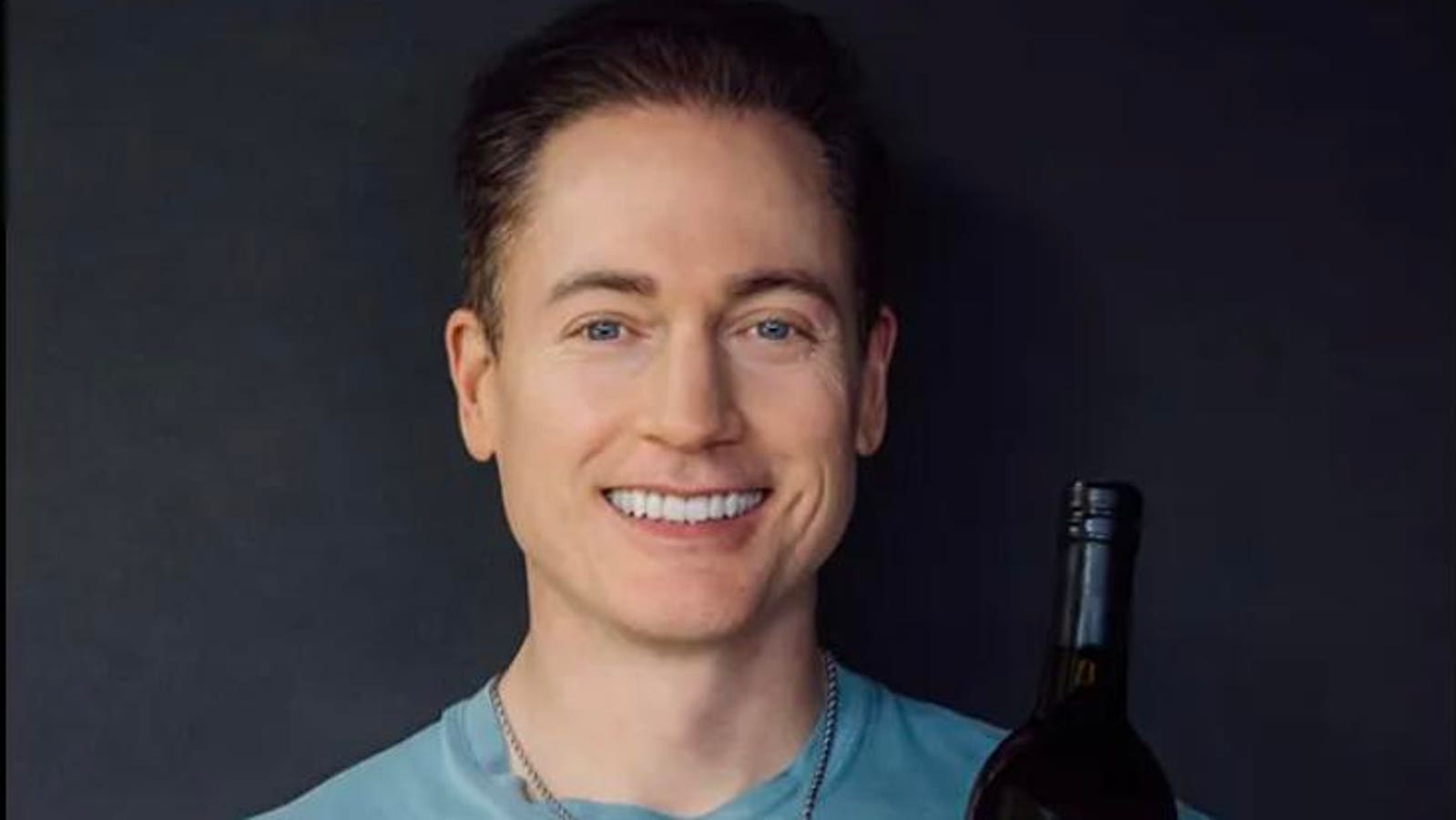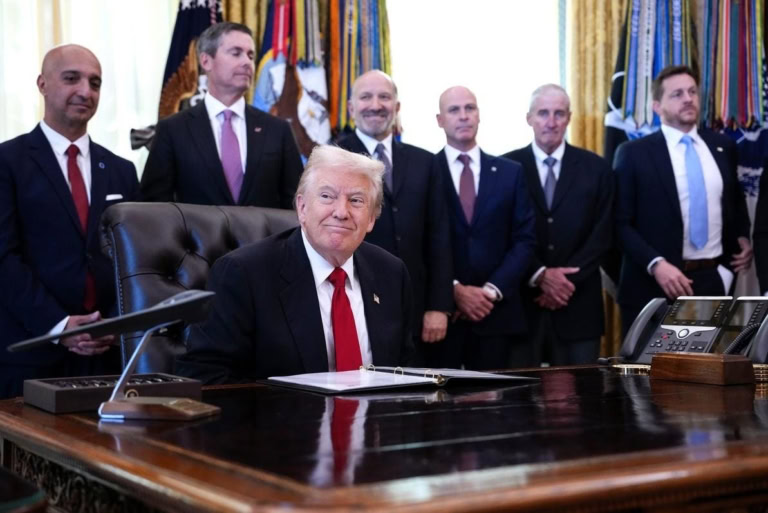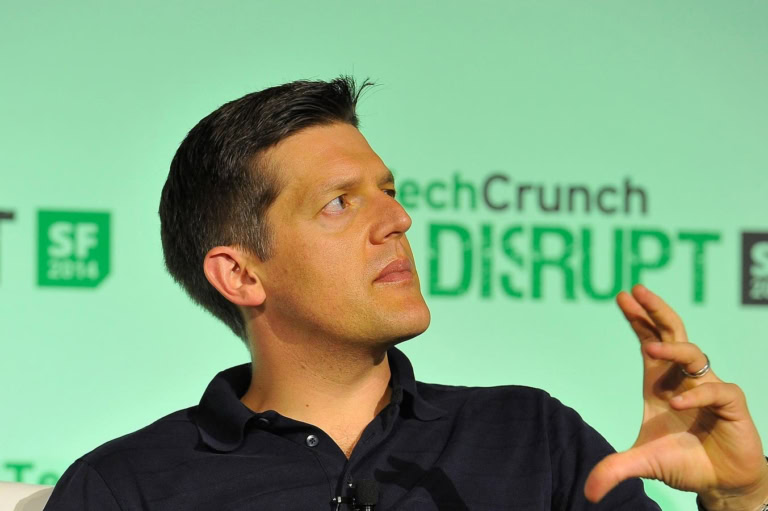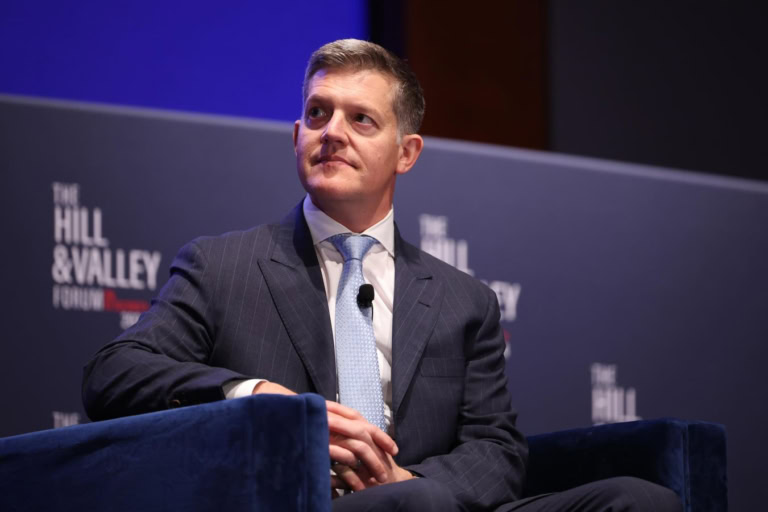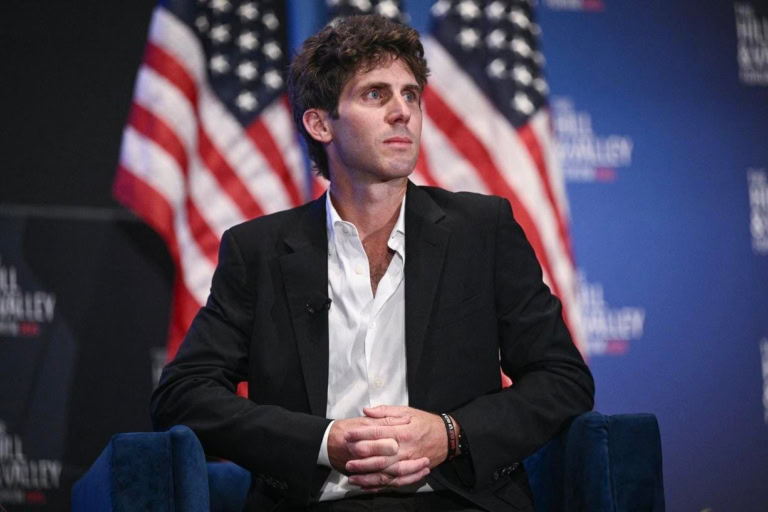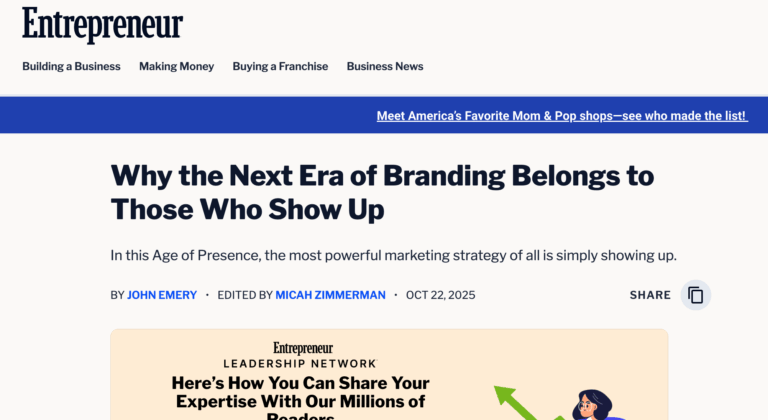Why It Matters:
Consumer interest in longevity and wellness has never been higher—with the global wellness market valued at over $5 trillion and VC funding in health tech and wellness surpassing $40 billion in recent years—yet startups in the space are collapsing. The disconnect highlights a deeper issue: venture capital’s fast-growth expectations are misaligned with the slow, trust-based nature of healthcare and prevention.
Wellness Is Booming—But Longevity Startups Are Dying
But What Is Longevity, Really?
Longevity isn’t just about living longer—it’s about extending healthspan, or the number of years one lives in good health. For example, interventions such as strength training and metabolic optimization may not directly increase lifespan, but they can delay the onset of chronic diseases like Type 2 diabetes and osteoporosis, thereby improving quality of life well into old age. According to the World Health Organization and leading gerontologists, healthspan is emerging as a key metric in evaluating aging interventions and public health priorities.
The category spans preventive healthcare, full-body diagnostics, hormone optimization, cellular therapies, and even aesthetic interventions that boost confidence and perceived youthfulness. Brands like Bryan Johnson’s Blueprint exemplify the consumer-facing edge of the movement—blending quantified self-tracking with extreme optimization—but longevity also includes more grounded offerings like routine lab testing, sleep coaching, and nutritional personalization.
So how do these brands, services, and influencers differ from traditional healthcare or wellness? In short: they’re selling proactive self-optimization, not reactive treatment. The distinction matters—and it’s what both draws consumer interest and confuses investors chasing clinical or tech-style returns.
Despite the cultural moment, the longevity market remains fragmented and early-stage—a point echoed by researchers at Stanford’s Center on Longevity. The sector lacks clear regulatory frameworks, standardized outcomes, and unified clinical guidelines. Still, it’s growing fast. The global wellness market is currently valued at over $5.6 trillion and is projected to reach nearly $8.5 trillion by 2027, growing at a compound annual growth rate (CAGR) of 8.6%, according to the Global Wellness Institute (2023).
The longevity economy, a distinct but overlapping segment focused on aging, prevention, and healthspan extension, was valued at $806 billion in 2024 and is projected to grow to $1.4 trillion by 2029, with a CAGR of 12.7%, according to MarketResearch.com.
According to McKinsey, consumers are increasingly prioritizing proactive, preventive care and are willing to pay out-of-pocket for personalized solutions. But while demand is rising, the supply of startups is thinning. In just the past year, a surprising number of VC-backed wellness companies have flamed out. Ever/Body was sold in a distressed handoff. Forward Health, once valued at $1 billion, shut down completely. Modern Age folded and its assets were quietly sold. Ezra was acquired in distress. Supplement startups like Care/of and Rootine disappeared.
This isn’t a one-off correction—it’s a systemic failure of how capital, consumer behavior, and clinical credibility intersect in the wellness economy.
The Fall of the Wellness Darlings: Longevity Clinics and Medspas
- Ever/Body raised over $100 million to build a vertically integrated, tech-enabled medspa chain blending dermatology with high-end consumer branding. But aggressive expansion, high overhead, and slowing growth created financial strain. In June 2025, the company’s operations were quietly taken over by Advanced Medaesthetic Partners (AMP), a private equity-backed roll-up of aesthetic clinics. The transition was described in customer emails as a “new chapter,” but came with no formal M&A announcement or disclosed valuation—suggesting a distressed operational handoff. Previously shuttered locations remain closed; only a few sites in NYC and Washington, D.C. continue to operate.
- Forward Health once represented the archetype of the VC-fueled, “futurist” health clinic. The startup raised more than $650 million from SoftBank, Founders Fund, Khosla Ventures, Marc Benioff, and The Weeknd, hitting a $1 billion valuation during its Series D. Forward promised a fully reimagined primary care experience: flat-fee memberships ($99–$149/month), biometric sensors, AI-driven diagnostics, and sleek clinic design. At its peak, it operated 19 clinics and began rolling out “CarePods”—automated kiosks meant to replace human staff. But only ~5 were deployed out of 3,200 promised, and users reported issues from inaccurate vitals to being locked inside the pods (Best of AI). By late 2024, all clinics shut down.
- Modern Age launched in 2021 with backing from Oak HC/FT, GV, and founding partner Juxtapose, raising an estimated $33 million (some estimates put it closer to $43 million). It positioned itself as a high-touch, science-driven destination for aging optimization. But despite media acclaim—including Glossy 50 recognition—Modern Age struggled with retention, margins, and strategy. It shut down in 2023 and was sold in a distressed deal. Its Chief Medical Officer, Dr. Anant Vinjamoori, was a keynote speaker and startup judge at INNOCOS’s longevity summit just a week before collapse—a sharp contrast between public praise and private implosion.
- Ezra raised tens of millions to popularize full-body MRI scans for early cancer detection. But without insurance coverage, high CAC, and growing reliance on radiologist labor, the model collapsed. Ezra was acquired in distress by Function Health.
8 Reasons Why These Startups Failed
1. Lack of Domain Expertise Across Critical Functions
Many founders came from tech or DTC backgrounds, with limited experience in running clinical businesses. From real estate strategy and medical compliance to provider hiring and treatment quality, execution failures often stemmed from a lack of operational depth. These aren’t problems you can growth-hack your way out of.
2. Lack of Clinical Depth
Many brands emphasized wellness aesthetics and trends without strong clinical foundations or scientific rigor. The science was often shaky—relying on user quizzes, questionable biomarkers, or pseudoscientific protocols. Without validated trials, outcome data, or respected clinical leadership, even well-designed services failed to inspire trust.
3. The Offering Wasn’t Best-in-Class
The actual product or service often wasn’t better than traditional alternatives. Concierge solo practitioners frequently offered more comprehensive and personalized care. Ever/Body, for instance, lacked inclusive laser equipment like PicoSure, and its pricing wasn’t competitive—it charged flat rates instead of the per-unit pricing typical of medspas. Slick UX couldn’t compensate for mediocre clinical value.
4. Weak Retention and LTV
Personalized wellness sounds sticky in theory, but most services had abysmal repeat rates. Customers might pay once for a diagnostic scan or supplement, but few became long-term users—especially when benefits were vague, untrackable, or overpromised. With low LTVs, high CACs became unsustainable.
5. Unsustainable Unit Economics
Sky-high acquisition costs, underutilized staff, and real estate-heavy models crushed profitability. Even with premium branding and media buzz, the economics didn’t work. Many of these startups never figured out how to make $1 in net margin, much less scale it.
6. Poor Differentiation
Many platforms were undifferentiated in a crowded market. A beautiful website and wellness aesthetic weren’t enough to pull customers from proven providers. When every brand offers “personalized” care and biomarker insights, the bar moves—and many didn’t keep up.
7. Consumer Trust Is Fragile in Wellness
The rise of “evidence-based wellness” was often more marketing than medicine. Consumers are increasingly skeptical of vague claims. Tally Health, for example, has faced scrutiny despite its academic backing, and critics have challenged AG1 and similar brands for overreaching promises without peer-reviewed support. Trust is everything—and fragile.
8. Platform Bloat and “Longevity Stack” Hype
Too many brands tried to be everything to everyone—offering supplements, diagnostics, telehealth, aesthetics, and coaching under one roof. Modern Age bundled all these services but failed to deliver deep value in any single domain. The “stack” sounded futuristic, but consumers didn’t want—or understand—it.
Longevity’s Stragglers and Survivors
While many high-profile ventures flamed out, a few companies remain—though not without turbulence.
Bryan Johnson’s Blueprint, once the poster child of quantified self-optimization, recently announced he’s seeking a new CEO to take over operations, citing the need to “build a profitable business and expand Blueprint to a billion people.” Despite an estimated $2 million+ spent annually on his own protocol, Johnson admitted in a June blog post that the company has not yet achieved financial sustainability. Critics have also questioned whether Blueprint’s highly branded supplements and olive oil (priced at $49 for 375 mL) offer any meaningful advantages over existing premium alternatives like Graza or Kyoord. His transition from self-experimenter to the most visible biohacker influencer has generated attention—but not a proven business model.
Tally Health, co-founded by Harvard geneticist Dr. David Sinclair, has also faced recent scrutiny. While it garnered initial hype for its biological age test and longevity supplement subscriptions, it has since struggled to maintain momentum. Tally has not pivoted to compounded GLP-1s, unlike others in the space. But Sinclair—long touted as a leading voice in the aging space—was recently criticized in the Wall Street Journal for overreaching claims around reversing aging. The company’s high-profile scientific leadership has yet to translate into a clear growth strategy or product superiority. The hype around aging clocks and sirtuin-focused supplements may be cooling.
Function Health, which acquired Ezra, has positioned itself as the next-gen diagnostics brand, offering 100+ lab tests for $499/year and promising actionable health insights. While the product experience is polished and personalized, the company has yet to disclose metrics around revenue, retention, or utilization. With competitors like InsideTracker, Thorne, and even hospitals offering similar panels, Function’s long-term defensibility remains unproven.
Regulatory Gray Zones & The Coming Reckoning
Much of the longevity ecosystem operates in a murky space—too clinical for wellness, too soft for regulated medicine. This ambiguity offers speed but comes with risk. Longevity supplements, personalized biomarker tests, and even GLP-1-alternative peptides have surged in popularity—but without FDA approval or long-term data, scrutiny is intensifying.
The FDA and FTC have already issued warnings and lawsuits against several companies making unsubstantiated health claims. From personalized longevity cocktails to non-Rx GLP-1 analogs, the crackdown is coming. The agency has emphasized that diagnostics, health optimization protocols, and even AI-based biomarkers fall under medical device regulations if they’re used for treatment decisions.
As Tina Woods, founder of the UK’s Longevity International, bluntly wrote: “Don’t say you’re a longevity clinic if you aren’t.” The risk of false claims, placebo-led interventions, and science-washing is high—and could derail public trust if the sector doesn’t self-correct.
That said, smart regulation could also legitimize the category. The compounded GLP-1 boom, for instance, is under intense FDA scrutiny—but if regulated effectively, it could usher in a new era of affordability. Abroad, models like Singapore’s National Longevity Strategy, the UK’s government-backed longevity clinics, and Israel’s public-private healthtech pilots suggest a more integrated approach to aging innovation.
What’s Actually Working in Longevity
Amid the wreckage, a few promising models stand out:
- Clinician-led aging practices, such as Dr. Ronald Primas’s clinic in NYC, offer concierge care that blends medicine, diagnostics, and lifestyle interventions—with transparency and results. Their practices often focus on biological age metrics, metabolic panels, and hormone optimization but are rooted in board-certified, physician-led care.
- Hospital system-backed longevity centers, such as the Cleveland Clinic Center for Functional Medicine and Stanford’s precision health initiatives, are bridging the gap between science and service.
- Longevity-focused funds and incubators, like Cambrian Bio and the Longevity Science Foundation, are backing therapeutics and interventions that may take years—but could reshape aging at the cellular level.
- GLP-1 integration with primary care, as seen with companies like WeightWatchers Health Solutions and Calibrate, are anchoring weight loss and metabolic health in longitudinal care pathways.
The Future of Longevity Won’t Be Branded Wellness
The failure of so many wellness startups is not a referendum on aging or optimization—it’s a wake-up call for how these ideas are commercialized. Longevity is complex. It resists shortcuts and shiny branding. The startups that survive will have to blend medical rigor, operational resilience, and consumer empathy. They’ll need to prove not just that their protocols feel good—but that they work.
The wellness gold rush hasn’t cooled—it’s just colliding with reality. Consumer appetite for longevity is still strong, but the era of hype without substance is ending. From VC term sheets to TikTok trends, a new wave of scrutiny is forcing startups to do more than dazzle. What’s left isn’t a dead sector—it’s one under pressure to grow up, back up its claims, and earn the trust it once assumed was automatic.
